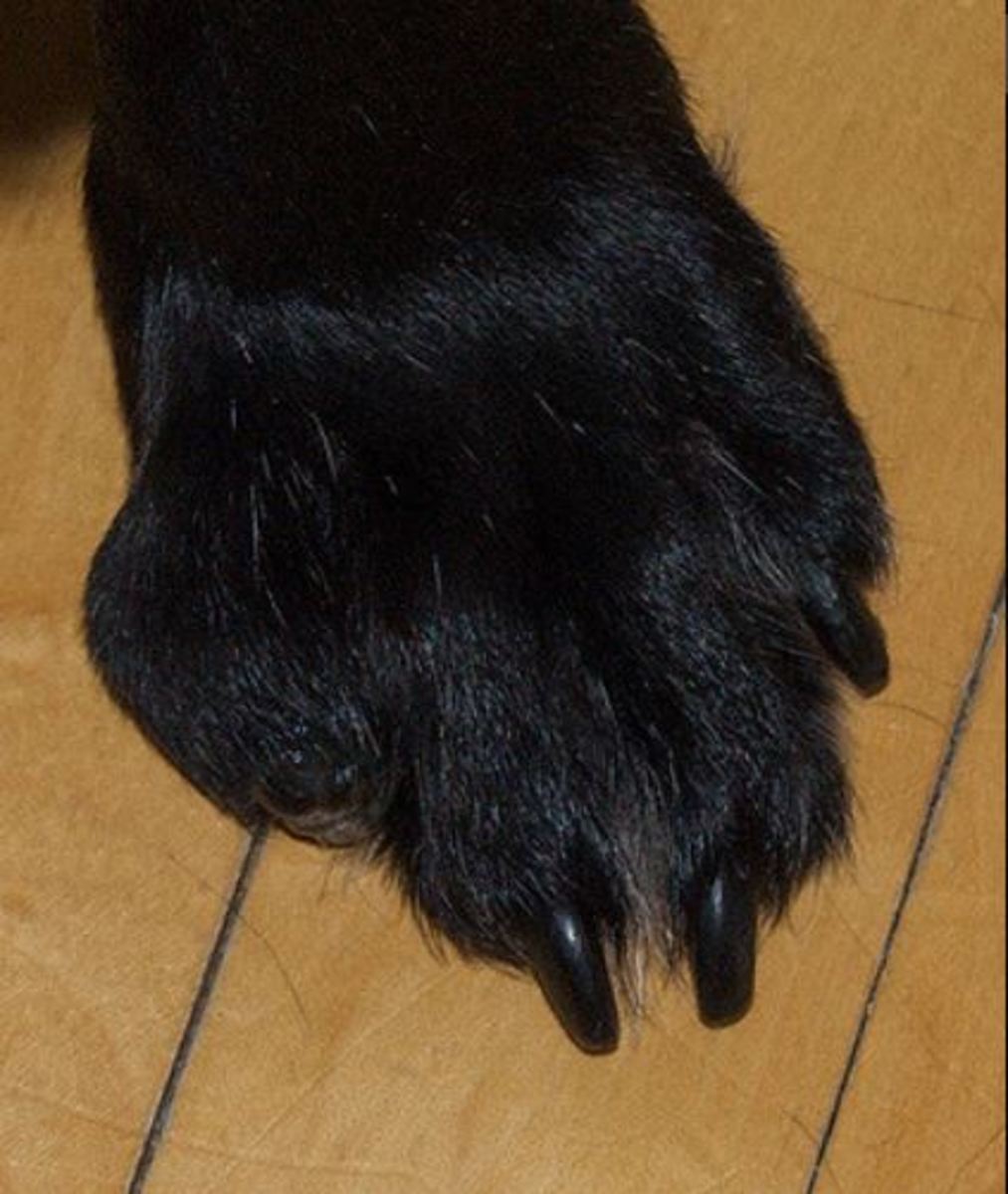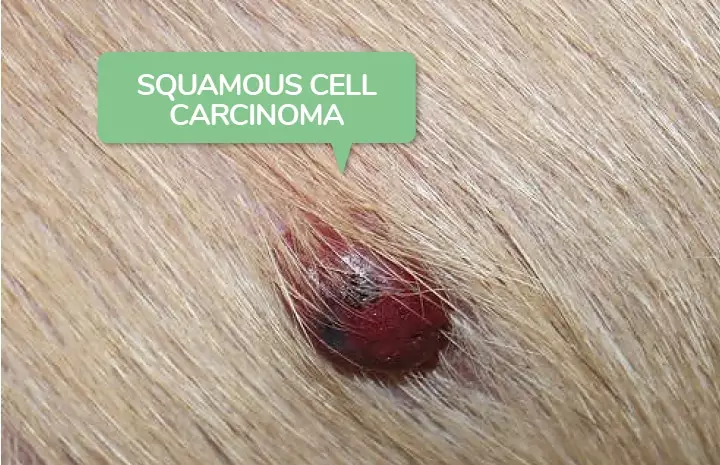Squamous cell carcinoma foot dog
Home » Poodle Parent » Squamous cell carcinoma foot dogSquamous cell carcinoma foot dog
Squamous Cell Carcinoma Foot Dog. A squamous cell carcinoma SCC can be described as a malignant and particularly invasive tumor that takes hold in the scale like cells of the epithelium the tissue that covers the body or lines the cavities of the body. Foot or toe cancer digital and soft tissue cancer which can include squamous cell carcinoma melanoma osteosarcoma mast cell tumor and malignant soft tissue sarcoma is common in dogs. Skin squamous cell carcinoma and subungual squamous cell carcinoma are the two forms that are known to occur in dogs. The most frequent symptoms of squamous cell carcinoma in dogs include.
 Foot Toe Cancer In Dogs Petmd From petmd.com
Foot Toe Cancer In Dogs Petmd From petmd.com
These tumors generally grow slowly but are aggressive in nature. Foot or toe cancer digital and soft tissue cancer which can include squamous cell carcinoma melanoma osteosarcoma mast cell tumor and malignant soft tissue sarcoma is common in dogs. One dog had cytological evidence of metastasis to the local lymph node. This tumor may affect any area of the skin the nosenasal planum or the toes. Cutaneous squamous cell carcinoma or actinic keratosis is a malignant tumor of epidermal cells in which cells show differentiation in keratinocytes it is the major constituent of the epidermis constituting 95 of the cells found there. Oral squamous cell carcinomas are less common in dogs than in cats but can still appear.
Ulceration bleeding and sneezing were the most common clinical signs.
This was shown to help a bit in almost a third of dogs with squamous cell tumors. Each of these types of cancer has their own set of signs and treatment but the main sign in all of these is a swelling or ulcer on the foot or toe. Mast cell tumors can also affect the feet. However it is also a common cancer on the ears and noses especially of white or light colored cats who go outside in the sun. Tumors of this type occur in people and all domestic species. UV light exposure has been described as a developmental factor in people though it is still in question as to the role for dogs.
 Source: dogdiscoveries.com
Source: dogdiscoveries.com
Many of the changes to a dogs skin we can see are characteristic of malign neoplasms. Digital Squamous Cell Carcinoma in Dogs The most common type of type of tumor to affect the toes is a squamous cell carcinoma. A squamous cell carcinoma is a cancer of the epidermal cells in the skin of dogs. What is a squamous cell carcinoma of the skin. Although we do not yet have perfect drugs to create this anti-cancer effect there is some evidence that some of the COX-2 inhibitor drugs may help.
 Source: amcny.org
Source: amcny.org
For this reason even if we think presence of a squamous cell carcinoma is unlikely we need to seek advice from a specialist. Swelling particularly of the. Tumors of this type occur in people and all domestic species. Foot or toe cancer digital and soft tissue cancer which can include squamous cell carcinoma melanoma osteosarcoma mast cell tumor and malignant soft tissue sarcoma is common in dogs. I did not do an amputation but sought other remedies as she was 11.
 Source: cliniciansbrief.com
Source: cliniciansbrief.com
She was put on Baytril Clavamox andmetronodizole to remedy the shaking she had from what was infection pain. Cutaneous squamous cell carcinoma or actinic keratosis is a malignant tumor of epidermal cells in which cells show differentiation in keratinocytes it is the major constituent of the epidermis constituting 95 of the cells found there. She was put on Baytril Clavamox andmetronodizole to remedy the shaking she had from what was infection pain. For this reason even if we think presence of a squamous cell carcinoma is unlikely we need to seek advice from a specialist. Squamous Cell Carcinoma SCC is a malignant tumor of skin cells in the epidermal layer of a dogs skin.
 Source: wagwalking.com
Source: wagwalking.com
This type of cancer can occur anywhere this type of cell is present. All domestic animals including dogs and cats can develop squamous cell carcinoma. UV light exposure has been described as a developmental factor in people and appears to be associated with the development in cats. These tumors generally grow slowly but are aggressive in nature. Cutaneous squamous cell carcinomas in dogs are a form of skin cancer that affects the epidermis and dermis layers of the skin.

However it is also a common cancer on the ears and noses especially of white or light colored cats who go outside in the sun. Cancer cell suicide is called apoptosis. Some of the most common symptoms of digital squamous cell carcinoma in dogs include swelling in the toe or foot limping or changes in gait bleeding ulcer on the toe broken nail and the development of a raised mass of skin on the toe. One dog had cytological evidence of metastasis to the local lymph node. This is a malignant tumor of skin epidermal cells with varying degrees of differentiation This is a malignant tumor of skin epidermal cells with varying degrees of differentiation resemblance to normal non-cancerous cells.
 Source: ensiklopediilmupopuler472.blogspot.com
Source: ensiklopediilmupopuler472.blogspot.com
Ulceration bleeding and sneezing were the most common clinical signs. Digital Squamous Cell Carcinoma in Dogs The most common type of type of tumor to affect the toes is a squamous cell carcinoma. Skin Squamous Cell Carcinoma in Dogs. Breeds most likely to get squamous cell carcinoma are Briards Gordon Setters Kerry Blue Terriers Giant Schnauzers Standard Schnauzers Miniature Schnauzers Scottish Terriers and Standard Poodles. Anatomical sites of HNSCC development.
 Source: animalsurgicalcenter.com
Source: animalsurgicalcenter.com
Tumors of this type occur in people and all domestic species. Made up of squamous cells that mass produce and grow more rapidly than normal. You might discover this tumor because your dog is chewing at his feet as mast cell. Females have a higher chance of getting this disease. The epidermis is the outer layer of the three layers that make up the skin.
 Source: bowwowinsurance.com.au
Source: bowwowinsurance.com.au
These tumors generally grow slowly but are aggressive in nature. This is a malignant tumor but metastasis to other parts of the body is rare especially with cutaneous tumors. You might discover this tumor because your dog is chewing at his feet as mast cell. As such in order for this disease to grow healthy squamous cells have to be present in the first place. Oral squamous cell carcinomas are less common in dogs than in cats but can still appear.
 Source: theasac.com
Source: theasac.com
Squamous tumors account for only about 5 of all cutaneous tumors in dogs. Squamous cell carcinoma of the nasal planum was diagnosed in 17 dogs over a period of 11 years. Tumors typically arise under the tongue or on the gums but can also affect the tonsils or throat area. Skin Squamous Cell Carcinoma in Dogs. You might discover this tumor because your dog is chewing at his feet as mast cell.
 Source: youtube.com
Source: youtube.com
The most frequent symptoms of squamous cell carcinoma in dogs include. For this reason even if we think presence of a squamous cell carcinoma is unlikely we need to seek advice from a specialist. Squamous cell carcinoma of the nasal planum was diagnosed in 17 dogs over a period of 11 years. UV light exposure has been described as a developmental factor in people and appears to be associated with the development in cats. In this study we evaluated F-FDG-PETCT imaging for initial staging of cSCC.
 Source: animalcancersurgeon.com
Source: animalcancersurgeon.com
UV light exposure has been described as a developmental factor in people and appears to be associated with the development in cats. Several breeds are known to be predisposed to this type of cancer. Tumors typically arise under the tongue or on the gums but can also affect the tonsils or throat area. Squamous Cell Carcinoma SCC is a malignant tumor of skin cells in the epidermal layer of a dogs skin. Skin squamous cell carcinoma and subungual squamous cell carcinoma are the two forms that are known to occur in dogs.
 Source: petmd.com
Source: petmd.com
Squamous cell carcinoma SCC is a tumor of the cells that make up the contact or upper layer of the skin. As such in order for this disease to grow healthy squamous cells have to be present in the first place. Squamous cell carcinoma SCC is a tumor of the cells that make up the contact or upper layer of the skin. Skin Squamous Cell Carcinoma in Dogs. Older dogs are more likely to develop skin squamous cell carcinoma which may appear on the head abdomen lower legs.
If you find this site good, please support us by sharing this posts to your favorite social media accounts like Facebook, Instagram and so on or you can also bookmark this blog page with the title squamous cell carcinoma foot dog by using Ctrl + D for devices a laptop with a Windows operating system or Command + D for laptops with an Apple operating system. If you use a smartphone, you can also use the drawer menu of the browser you are using. Whether it’s a Windows, Mac, iOS or Android operating system, you will still be able to bookmark this website.
